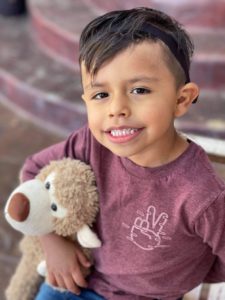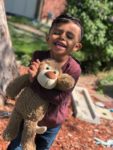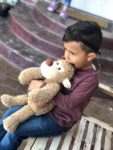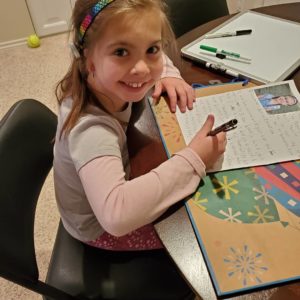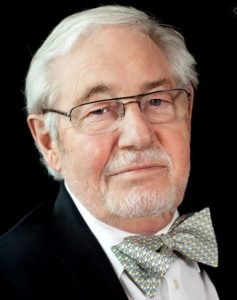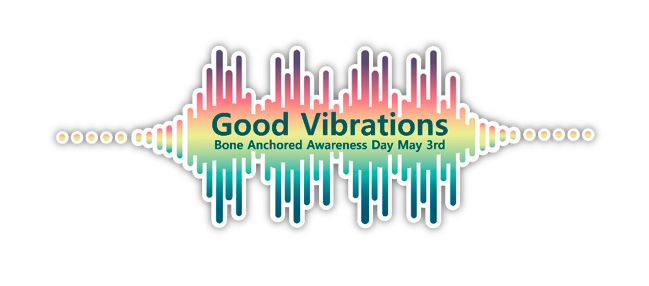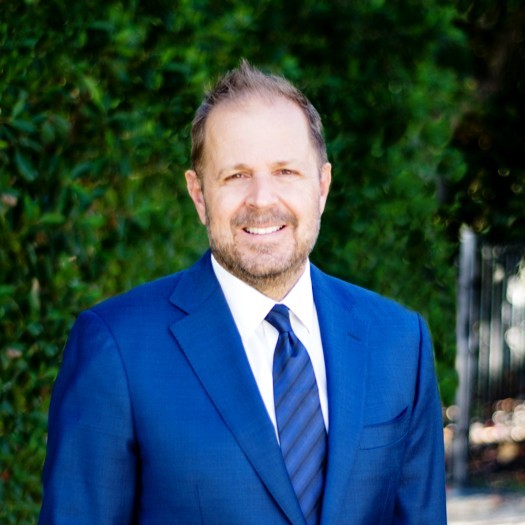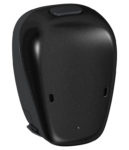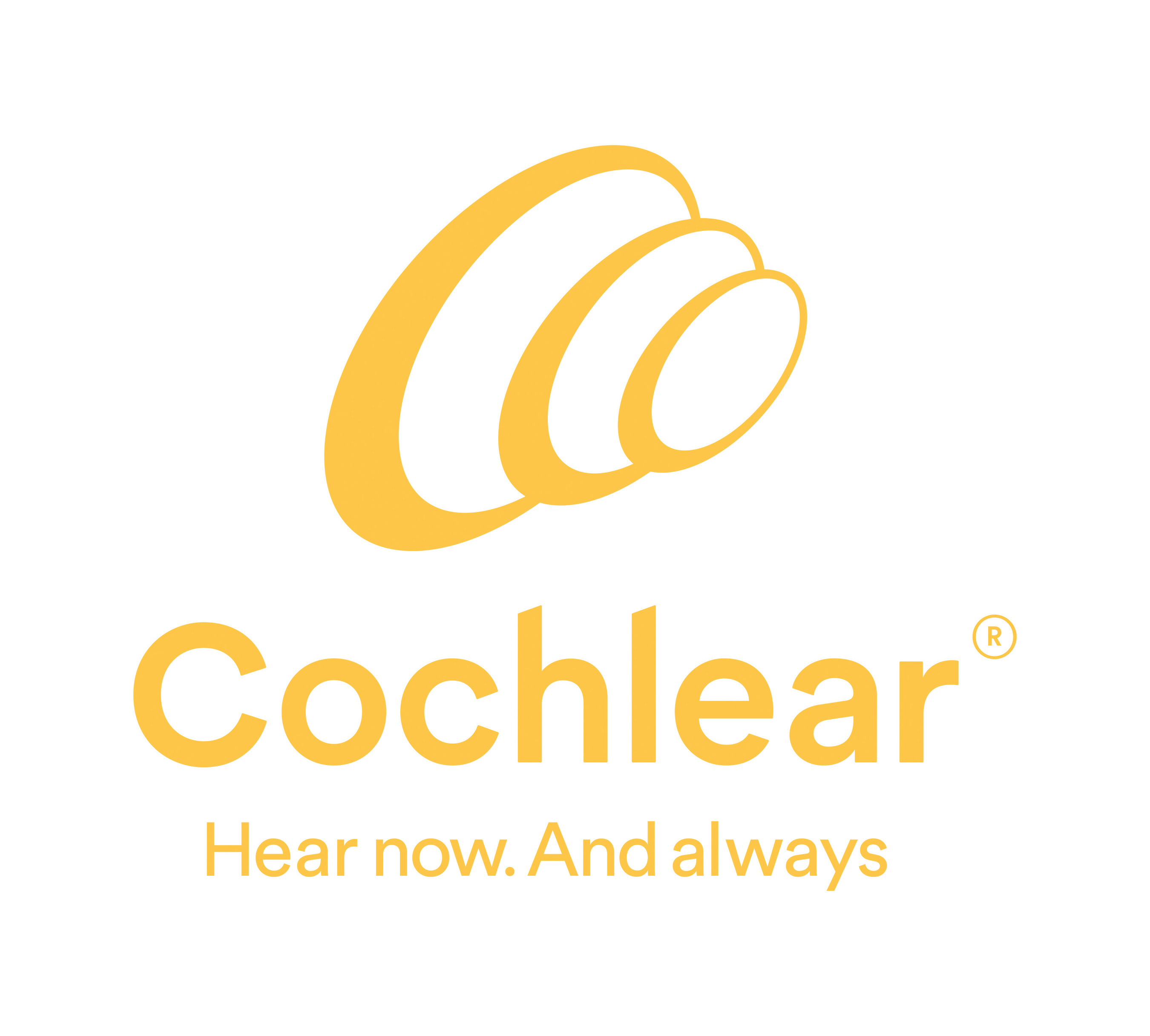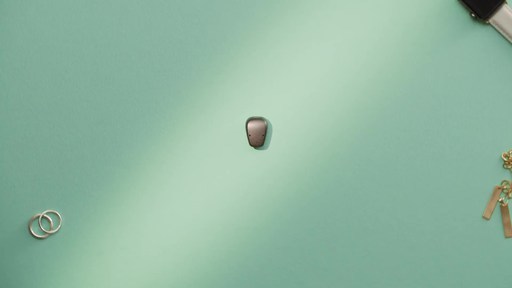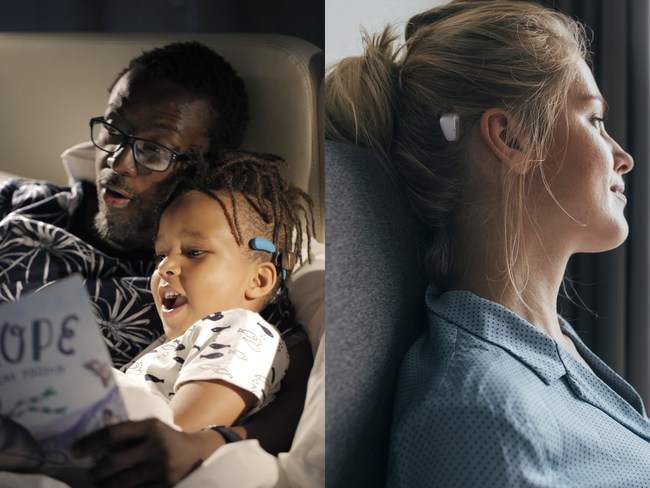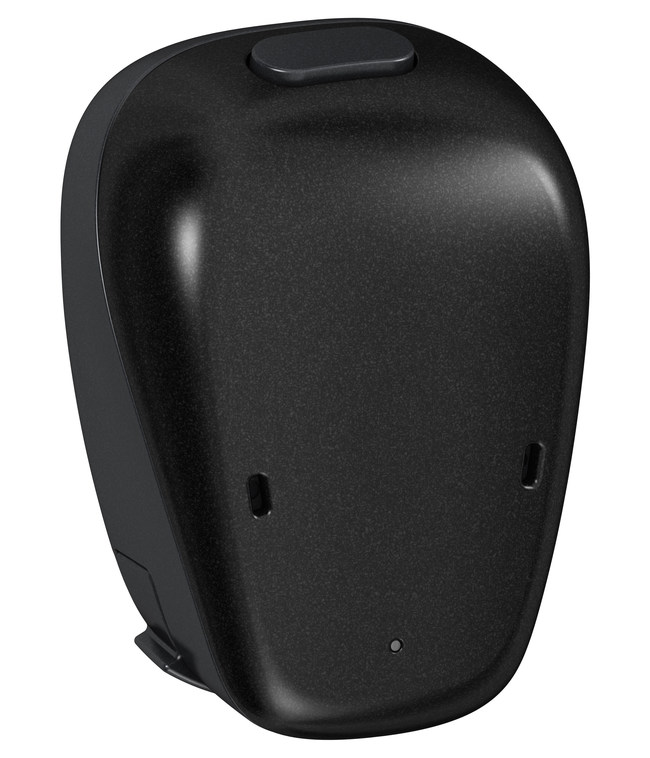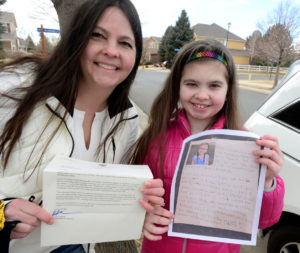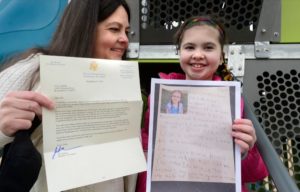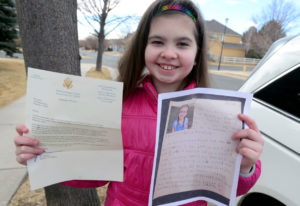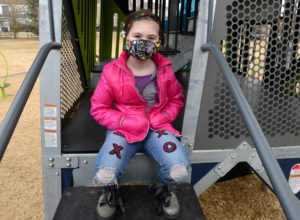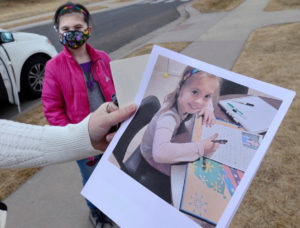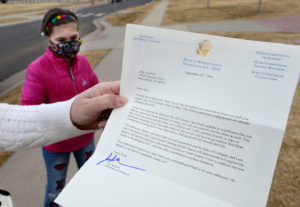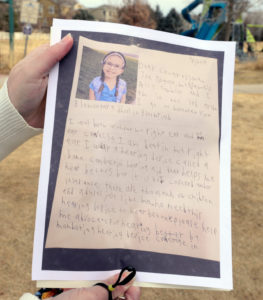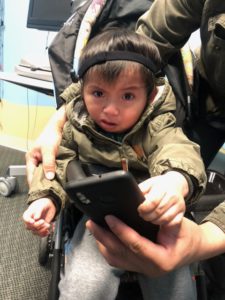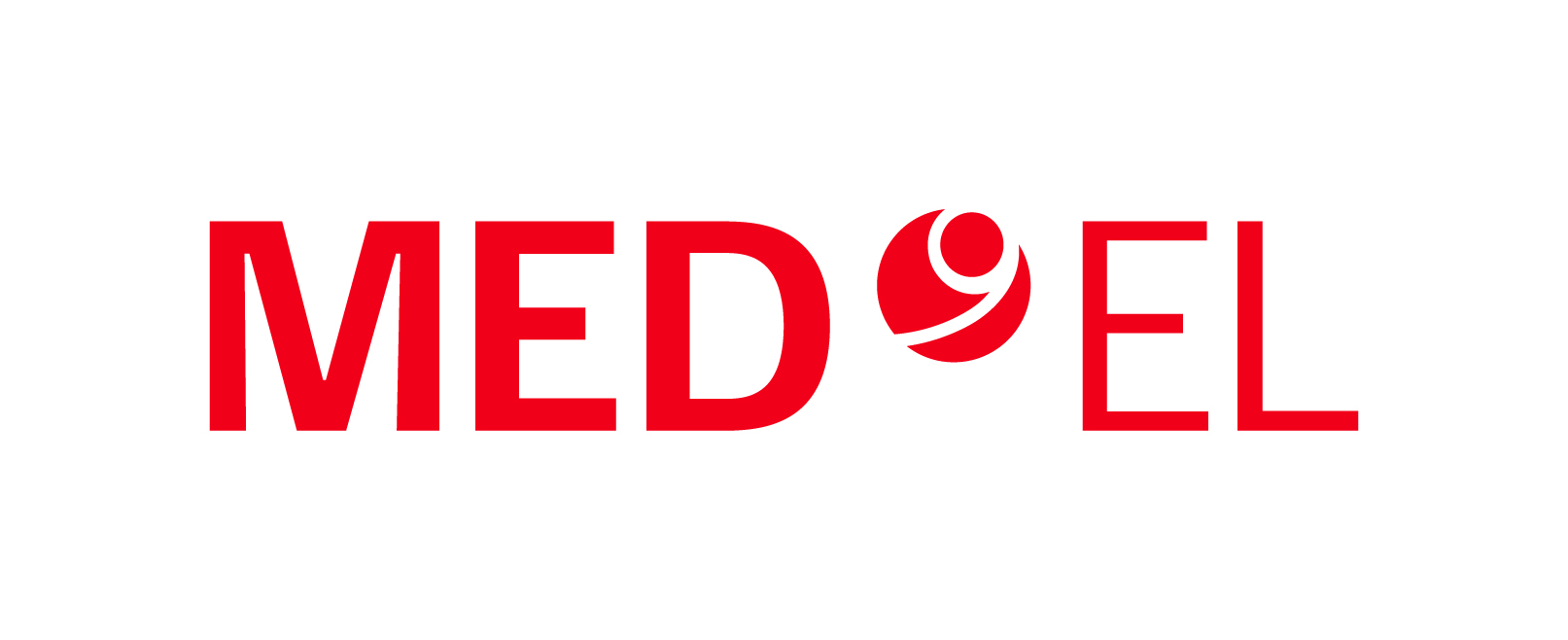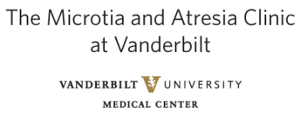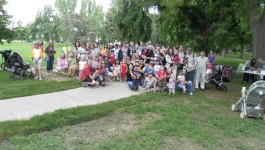Meet Leonardo, a sweet 4-year-old that lives in Denver, Colorado. Leo was born with Microtia and Aural Atresia of his left ear. After Leo didn’t pass his newborn hearing screening, it was suggested to his mother, Yocelin, that he would hear better with a bone anchored hearing device. When he was a baby, Yocelin tried a loaner bone anchored hearing aid on him but decided to wait a bit longer until he was older, as she struggled to keep the hearing device on Leo at first. Now that Leo has started preschool, Leo trialed a loaner bone anchored hearing device again and this time he loved it! Yocelin noticed Leo choosing to wear this loaner hearing device every day and that he really seemed to understand better when he wears it! Yocelin said she even began receiving compliments from Leo’s teachers on how good he was doing in preschool!
Now realizing how much Leo was benefiting from wearing a hearing device, Yocelin was ready to apply for a BAHA through her insurance provider. Even though the state of Colorado has hearing device insurance coverage in place, unfortunately, when Yocelin went to apply for a BAHA for Leo with their audiologist, her insurance provider denied their claim for a BAHA – stating that they do not cover hearing aids. This was with Leo even being a patient at the Children’s Hospital here in Colorado! Following an appeal with Yocelin’s insurance provider and speaking with her employer about their coverage plan, Yocelin was still denied being told that they do not cover hearing aids, period.
After finding out how much a bone anchored hearing device would cost out of pocket for Leo, Yocelin was heart was broken. “As much as I want him to have this device, I cannot afford it and it breaks my heart that I can’t provide this for him,” said Yoselin. “I have other financial responsibilities that I need to take care of, a mortgage payment, car insurance, utility bills, groceries, etc…” Thankfully, Yocelin found our Ear Community Organization and applied for a bone anchored hearing device for Leo! Ear Community was able to help Yocelin obtain a Ponto 4 bone anchored hearing aid from Oticon Medical through our organization along with the help of Leo’s audiologists, Dr. Lauren Charles and Dr. Kristen Adkisson, donating their time and services to fit and program Leo with his newly donated bone anchored hearing aid!
Thank you to Yocelin for advocating for Leo and making sure that he can hear. Yocelin says that Leo now “reminds her to put on his “speaker” and wants it placed on his head right away before leaving the house to head off to school.” Yocelin is grateful and filled with joy because she knows Leo is hearing so much better now and loves that he is making new friends at school.
A very special thank you to Alan Raffauf, Vice President of Marketing and Operations of Oticon Medical US, and to Beverly Ostrowski, Director of Customer Service for Oticon Medical US, for donating a Ponto 4 to the Ear Community Organization so Leo could receive the gift of hearing and thrive. Oticon Medical is a well-respected international hearing device manufacturer that is a part of the “William Demant Group [which has] 100-plus years of experience in audiology and sound processing and established manufacturing and logistics infrastructure. Ear Community would also like to thank our donors and members of the community who want to help our organization continue our work – none of this would be possible without your support! We are so happy to have been a part of helping Allan hear better!
Everyone at Ear Community is excited to see Leo thrive in school while hearing his best now with his new Ponto! It’s stories like this that back why we needed to have legislation introduced like Ally’s Act, H.R. 477 and S. 41. We hope that Ally’s Act passes so that no child or adult continues to be denied the right to hear when trying to gain access to hearing devices like bone anchored hearing aids and cochlear implants. Please support Ally’s Act by taking 2 minutes to write to your local lawmakers at the following link by asking them to cosponsor this bill: https://www.votervoice.net/EveryLife/1/campaigns/80211/respond Please also consider scheduling a Zoom meeting with your lawmakers too to discuss this bill and help them understand why this bill matters to you!
Thank you from all of us at Ear Community!
www.EarCommunity.org
